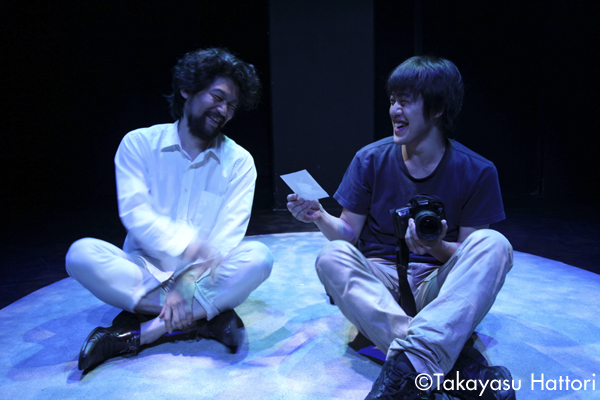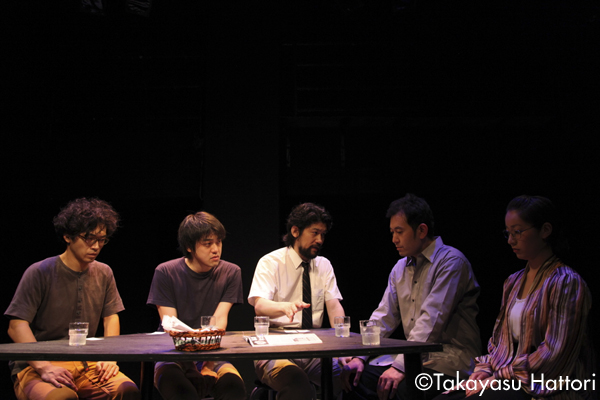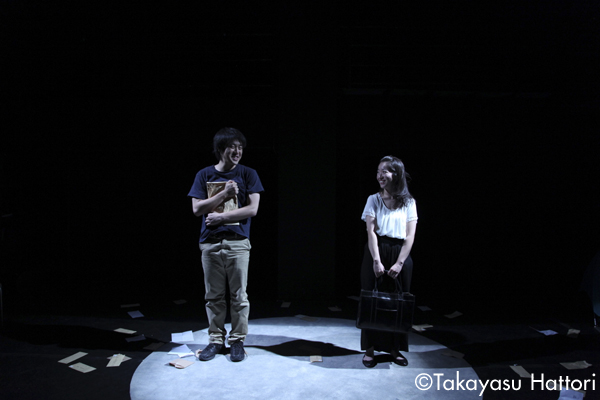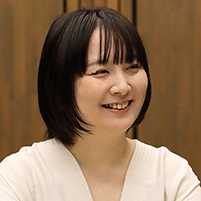


Theater company Minamoza
Karera no Teki
(Jul. 24 – Aug. 4, 2013 at Komaba Agora Theater) Photos by Takayasu Hattori
Data
:
Premiere: 2013
Length: 2 hr.
Acts/scenes: 1 act/3 scenes
Cast: 6 (5 men, 1 woman)


